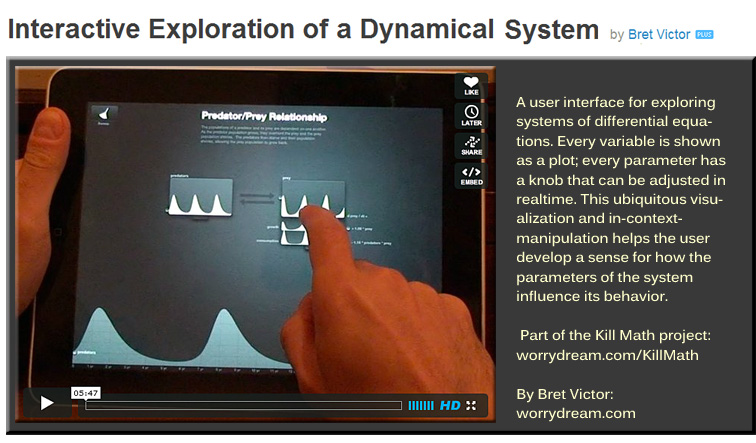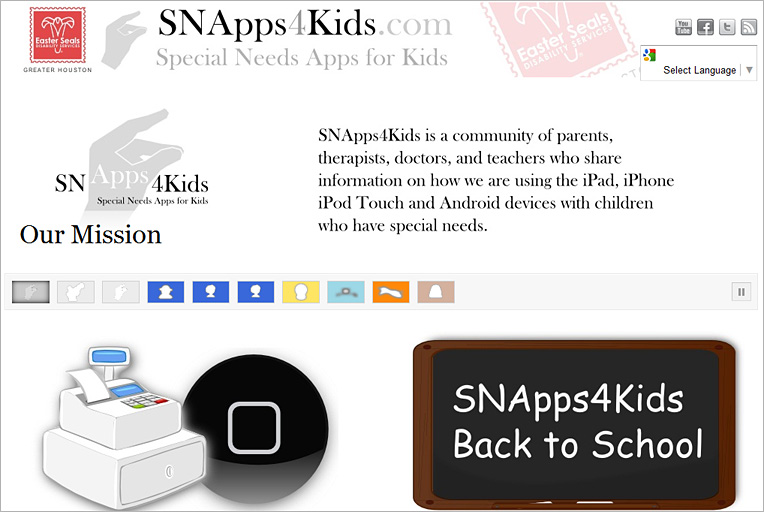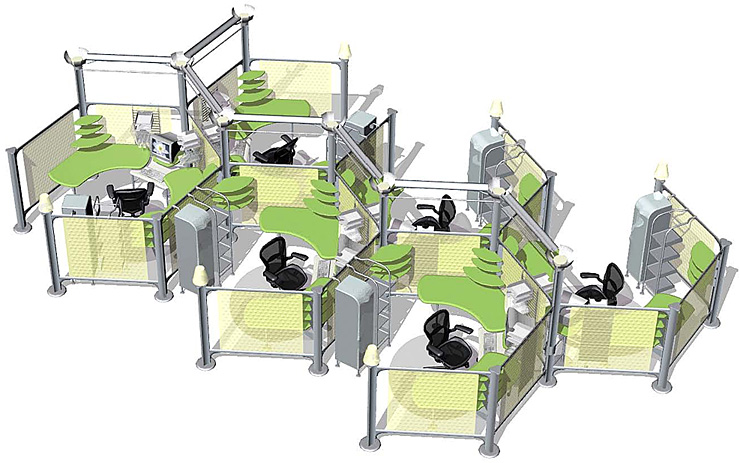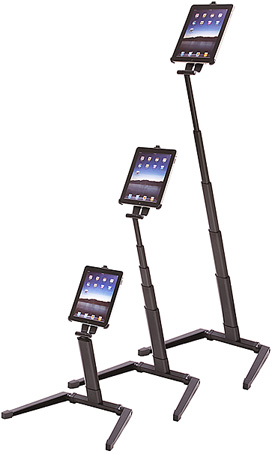Aruba MOVE delivers high-quality video simultaneously to 100 iPads in a single classroom at the University of Ottawa — from ArrubaNetworks.com
Multimedia applications included Apple Facetime and AirPlay, Blackboard Mobile™ Learn, Distribution Access Learning, HaiVision and Turning Technologies
Excerpt:
SUNNYVALE, Calif., June 13, 2011 – Aruba Networks, Inc. (NASDAQ: ARUN) today announced that it and several application partners delivered the next-generation classroom experience at the University of Ottawa. Validated by the university information technology (IT) department, the classroom experience consisted of six leading multimedia educational applications delivered to 100 iPads, concurrently. Each of the applications was delivered simultaneously to all 100 iPads with the highest quality and without any noticeable jitter, delay or frame loss. 100 percent of the iPads passed the multimedia Service Level Agreement (SLA), as measured by VeriWave WaveInsite, which was also used to objectively verify sustained performance of 1Mbps of multimedia streaming to each iPad.

From DSC:
I think there may be something here for the Smart Classrooms of the future. I can’t help but think of some of our courses in astronomy, for example, and that I think that sometimes we are using the wrong technologies to display images and videos to our students. Without investing an enormous amount of money on very high-end projection systems, we lose too much detail with a variety of images that feature galaxies, constellations, etc. with a projected image.
What about if a student could control where they want to zoom in on an image — and not lose any resolution or brightness? What about if they had such high res images available for viewing directly on their iPads? Sounds very interesting to me.
Also see:
- Haivision Acquires KulaByte and MontiVision; Forms Internet Media Division
Haivision driving toward $50 million revenue with new division combining Internet streaming and cloud transcoding to enable over-the-top media delivery
MONTREAL and CHICAGO — July 21, 2011 — Haivision Network Video, a leading provider of the most advanced video networking, digital signage, and IP video distribution solutions, today announced that it has acquired both KulaByte Corporation of San Marcos, Texas, and MontiVision Imaging Technologies based in Germany. The technologies of both companies, including advanced encoding, transcoding, cloud computing, and workflow solutions, will be combined to form Haivision’s new Internet Media Division.

















